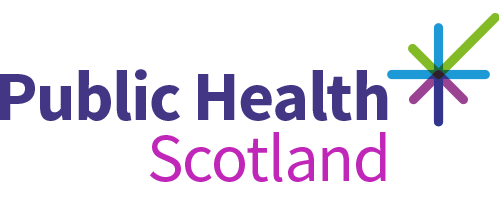Wealth inequality
One of the fundamental causes of health inequalities is the unequal distribution of wealth across the population.
Wealth is the value of an individual or group’s money and/or material assets that have built up over time. Accumulated wealth may provide extra income from interest, rents or share dividends.
Scottish Government data shows that in 2012-14 in Scotland
- the middle 50% owned around half of wealth
- the wealthiest 10% of households owned 44% of wealth
- the least wealthy 40% of households owned less than 5% of wealth
- the top 2% owned 20% of all personal wealth
- the top 1% alone owned more wealth than the bottom 50%.
Wealth inequality was high in Scotland in 2012–14, with the wealthiest 10% of households owning 9.4 times the wealth of the bottom 40%.
Since 2010–2012, wealth inequality has also increased in Scotland and mobility between wealth bands has slowed down.
You can read the wealth and assets data (external site) on the Scottish Government website.
There is evidence that wide inequalities in wealth can contribute to unsustainable economic growth and perpetuate inequalities in education and employment. Both the Organization for Economic Cooperation and Development and International Monetary Fund have argued that policies to reduce income and wealth inequalities can contribute to improved social outcomes and sustainable economic growth.
You can download our Income, wealth and poverty inequalities briefing for more information on wealth inequality in Scotland.
Wealth, poverty and health
We know that people with greater wealth are healthier. Various long term studies have established that this relationship is largely causal - greater wealth leads to better health.
Evidence shows that men holding assets of £1,000 or more and women holding assets of £200 or more are more likely to report being in excellent health at ages 33 and 42. Holding financial assets in adulthood also appear to protect against poor mental health.
For children, parental wealth is positively associated with their subsequent educational attainment and earnings, independent of parents’ education and income.
However, lesser wealth also leads to worse health. In order to maintain good health, individuals have to meet their core needs. This means having access to
- food
- leisure
- housing
- clean water
and various other goods and services, all of which come at a cost.
Poverty creates ill health because it forces people to live in environments that make them sick. See Poverty and health (external site) on the World Health Organization’s website.
The latest Scottish Government figures (for 2015 - 16) show that, after housing costs, 20% of people in Scotland live in relative poverty. This includes
- 26% of children
- 13% of pensioners
- 20% of working age adults.
While employment remains the best route out of poverty, it is not always a protection against it. Of all individuals who are living in relative poverty after housing costs, 64% of the working age adults and 70% of the children live in a household with at least one person in paid employment.
Increases in in-work poverty in recent years reflect the move into employment and reductions in the number of workless households in Scotland. However, many low income households have moved into part-time employment. This means some households remain in poverty.
You can find out more in the Scottish Government’s poverty and income inequality briefing 2015-16 (external website).
The Scottish Government’s Independent Advisor on Poverty outlined actions the Scottish Government (and others) could take to significantly reduce the numbers of people living in poverty in Scotland in their report ‘Shifting the Curve’. The recommendations focus on
- in-work poverty
- housing affordability
- life chances of young people aged 16-24.
Effective actions
The evidence shows that effective action to improve health and reduce health inequalities in relation to wealth inequality include
- make the reduction of income and wealth inequality the central objective of economic policy
- introduce policies which reduce inequalities in the ownership of capital, e.g. land, housing and shares
- tax the means of holding and transferring wealth, e.g. through taxes such as stamp duty and inheritance tax.
National and local action
While it is the case that lesser wealth leads to worse health, it does not mean that the wealthiest nations have the best health outcomes. For wealthy countries such as Scotland, it seems that socio-economic inequalities are one of the most important factors in determining overall health and the extent of health inequalities.
This means that reducing wealth inequality across a population is an important component of any strategy to reduce health inequalities.
The Scottish Public Health Observatory (ScotPHO) created a tool allowing modelling that shows the likely impact of economic changes on health and health inequalities. It can be used at national or local level to look at the changes in mortality rates and hospital admissions.
